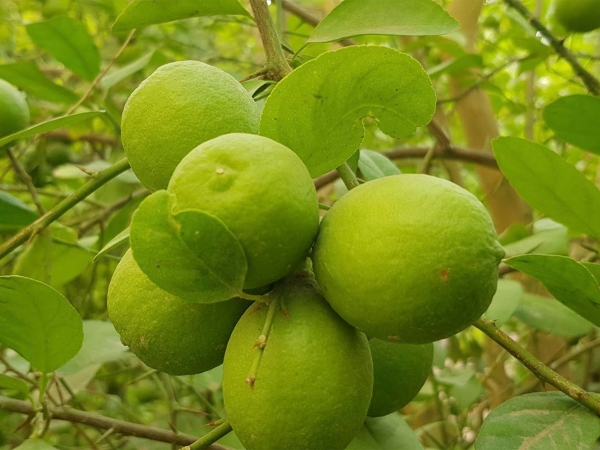
Lemon trees (Citrus Medica) are evergreen trees of the Rutaceae family. It is cultivated in some areas of the Kingdom of Saudi Arabia, but it is native to southeast Asia.
Lemon tree growth
The height of a lemon tree ranges between three and seven m. Its branches extend between three and nine m. Its fruits grow to a size ranging between seven and twelve cm. From September through October, they bloom into white and purple flowers of a size ranging between one and two cm.
The lemon tree is tolerant of temperatures as low as three below zero. It is planted through seeding, seedling transplantation, grafting, and pruning. It is a high-value ornamental tree. Furthermore, it has a sweet aroma. Its leaves are green and shiny.
Care for Lemon trees
The lemon tree requires extensive care. It should be planted in well-ventilated, sandy soil. Seeds cannot be planted because they are spiny. The fruit does not have a high water content. Large lemon trees are planted seven m apart. They are pruned every ten years.
Lemon tree cultivation
During the summer, lemon trees are not watered for a few weeks until the fruits ripen. The trees are then to be abundantly watered and fertilized. The leaves of lemon trees appear in the fall. They may be attacked by insects.
Harmful insecticides should not be used on lemon trees, as they are not tolerant of these materials. Moreover, soil with high acidity and salinity is not suitable for lemon trees, as it causes their leaves to turn yellow. However, this problem can be addressed by adding iron to the soil.
Related quizzes


